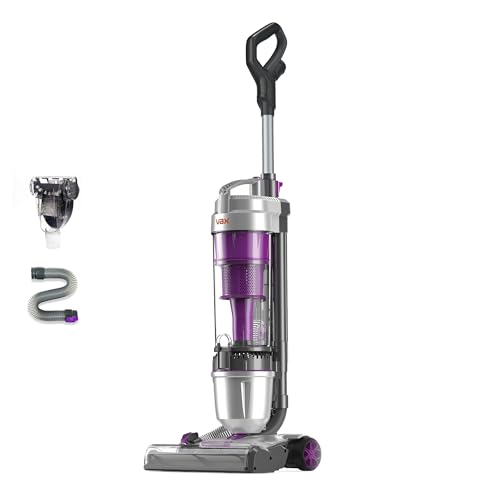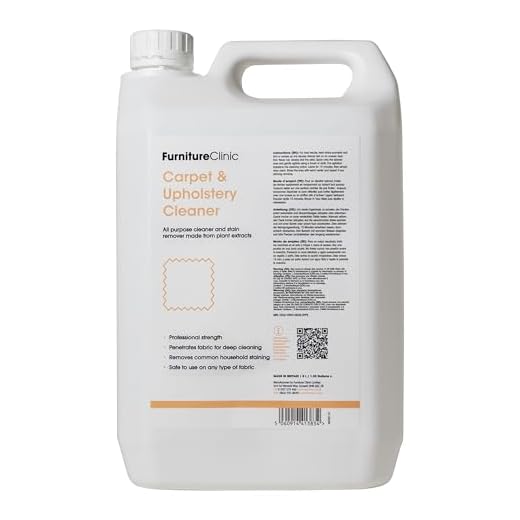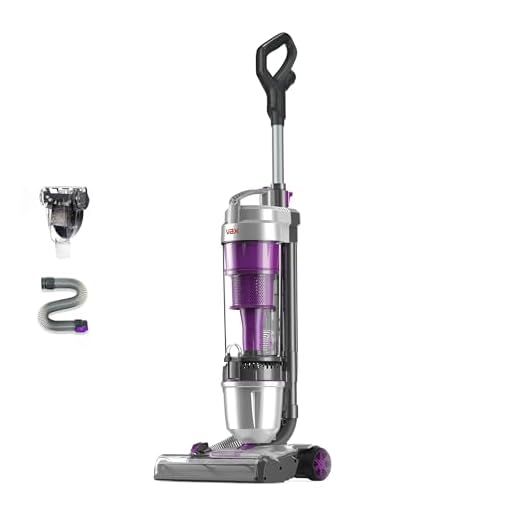




Regular cleaning is a straightforward way to tackle unwanted scents. Use a vacuum with a pet hair attachment at least once a week to remove fur and debris. Don’t forget to get into crevices where hair can accumulate. This simple step significantly reduces the build-up of odours.
Incorporating an enzyme-based cleaner can be a game changer. These cleaners break down organic matter that causes unpleasant smells, including those from pets. Just spray the affected areas and let it work its magic. I’ve found that using these products regularly keeps my furniture fresh.
Using baking soda is another practical solution. Sprinkle a generous amount on the upholstery and let it sit for a few hours before vacuuming. This natural deodoriser absorbs odours effectively. I often do this before hosting friends, and they always comment on how clean everything smells.
To further enhance freshness, consider using fabric sprays designed specifically for pet owners. Look for those free from harsh chemicals, as they can be harmful to pets. A light misting can leave a pleasant scent, making the atmosphere more inviting.
Lastly, maintaining a clean environment around your living space is essential. Regular washing of pet bedding and ensuring your furry friend is bathed and groomed can significantly contribute to a fresher home. Trust me, a little effort goes a long way in keeping the air and your furniture smelling nice.
Regular Vacuuming for a Fresh Environment
Vacuuming on a weekly basis is a game changer. It not only eliminates loose fur but also captures dander that can cling to upholstery. I advise using a vacuum with a HEPA filter; it traps allergens effectively. Don’t forget to pay attention to those tricky corners and seams where hair likes to hide. I’ve found that a handheld vacuum or an upholstery attachment works wonders for reaching those tight spots.
Choose the Right Time
Timing your cleaning is key. I prefer to vacuum after a good play session with my pup. That way, the fur is fresh and easier to collect. Plus, it’s a great way to keep the air quality in my living space fresh, especially during shedding season.
Maintain a Routine
Consistency is vital. I’ve made it a habit to vacuum regularly, and it truly helps in reducing odours. I even set a reminder on my phone to ensure I don’t forget. For those with busy schedules, consider designating a specific day each week as “cleaning day.” It keeps everything manageable and prevents build-up.
By the way, if you’re looking for the best nutrition for your furry friend, check out this best dog food for pekingese puppies. A good diet contributes to less shedding, which means less clean-up for you!
Use pet-safe cleaning solutions for deep cleaning
Opt for enzymatic cleaners specifically designed for pet odours. These solutions break down organic matter, effectively neutralising unwanted scents. I’ve found that brands like Nature’s Miracle and Rocco & Roxie work wonders. Just ensure they are labelled as safe for pets to avoid any harmful effects.
DIY Cleaning Remedies
If you prefer a homemade approach, consider mixing equal parts of white vinegar and water in a spray bottle. This natural solution not only sanitises but also eliminates odours. After spraying, let it sit for a while before blotting with a clean cloth. Baking soda is another great ally; sprinkle it on the fabric, let it absorb overnight, and then vacuum it up. My own experience shows that this method leaves everything fresh and clean.
Testing for Safety
Always conduct a patch test before using any new product. Apply a small amount of the cleaner in an inconspicuous area and check for colourfastness. This small step can save you from potential mishaps. I once had a mishap with a cleaner that discoloured the fabric, so I can’t stress enough how important this is.
Regular deep cleaning with the right products not only maintains a pleasant atmosphere but also ensures the fabric remains in good condition for years to come.
Apply baking soda to neutralise odours
Sprinkling baking soda over your furniture is a game-changer for tackling unpleasant scents. Take a generous amount and evenly distribute it across the fabric. Let it sit for at least 15-30 minutes; this allows the powder to absorb the odours. For particularly stubborn smells, consider leaving it overnight. The longer it remains, the more effective it will be.
After the waiting period, use a vacuum cleaner to remove the baking soda. A good vacuum will get rid of both the powder and any trapped particles that contribute to the smell. If your vacuum has an upholstery attachment, use it to ensure thorough cleaning. This method not only neutralises odours but also refreshes the fabric, leaving it feeling revitalised.
If you fancy a little extra scent, you can mix essential oils with the baking soda before applying it. Just a few drops of lavender or lemon oil can create a pleasant aroma. Remember to store any unused mixture in an airtight container for future use.
Consider using a fabric refresher specifically designed for pets
Look for a fabric refresher that is formulated specifically for pet owners. These products are designed to neutralise odours rather than just mask them. I’ve tried several brands, and I found ones that contain natural enzymes particularly effective. They work by breaking down the compounds causing the unpleasant smells.
Application Tips
Before spraying, test the refresher on a small, inconspicuous area of your upholstery. This ensures it won’t cause any discolouration. Once you’re ready, lightly mist the surface, focusing on areas where your furry friend loves to lounge. Allow it to dry completely for the best results. I usually do this in the evening, so it has all night to air out.
Frequency of Use
Incorporate this into your regular cleaning routine. I refresh my furniture every week, especially after a particularly active day with my pup. This helps to maintain a pleasant atmosphere in the living room. It’s a simple step that goes a long way in keeping everything fresh.
Always check for pet-safe labels to ensure no harmful ingredients are present, as we want to protect both our furry companions and ourselves. Finding the right product can make a noticeable difference in your home environment.
Implement a no-dog-on-the-couch rule
Establishing a strict no-pet-on-the-sofa policy is a game changer. It sets clear boundaries and helps maintain a fresh atmosphere in your living space. Here’s how I approached this when I welcomed my furry friend into my home.
- Be consistent: From day one, I made it clear that my pup wasn’t allowed on the furniture. Consistency is key. Each time he attempted to jump up, I gently redirected him to his designated spot.
- Provide alternatives: I created a comfortable nook for him with a plush dog bed. This not only gave him a cosy place to relax but also kept him away from the sofa. I made it appealing by adding his favourite blanket and a few toys.
- Positive reinforcement: Whenever he chose his bed over the couch, I praised him. Treats and affection went a long way in reinforcing this behaviour. It’s amazing how quickly dogs respond to encouragement.
- Use barriers: If he seemed tempted, I utilised baby gates to block access to the seating area. This physical barrier helped establish the rule, especially during the initial training phase.
- Educate visitors: I informed family and friends about the no-pet policy before they arrived. This ensured everyone respected the boundaries and helped reinforce the rule.
With patience and consistency, I noticed a significant improvement. My living room maintained its freshness, and my furry companion still enjoyed his space without infringing on mine. It’s all about setting expectations and creating a comfortable environment for both of us.
Maintain Your Dog’s Hygiene to Minimise Smells
Regular baths are key. I make it a habit to wash my furry friend at least once a month using a gentle shampoo formulated for pets. This not only keeps their coat looking great but also helps reduce that distinct odour. Pay special attention to areas like paws and ears where dirt and moisture can linger.
Brushing is another critical step. I brush my pooch several times a week, which not only helps with shedding but also distributes natural oils throughout their fur. This keeps the coat healthy and can significantly decrease any lingering scents.
Dental hygiene shouldn’t be overlooked. I use dental chews and make it a routine to brush my dog’s teeth regularly. Bad breath can contribute to overall unpleasant odours, so maintaining fresh breath is a priority. There are even water additives that promote oral health and freshen breath.
Diet plays a massive role in how your pet smells. I’ve noticed that feeding high-quality food reduces odours dramatically. It’s worth investing in a well-balanced diet to improve digestion and overall health, which in turn contributes to a fresher dog.
Lastly, regular vet check-ups help identify any underlying health issues that may cause odours. I always keep an eye out for changes in my dog’s behaviour or smell, as these can be indicators of health problems that need addressing.









